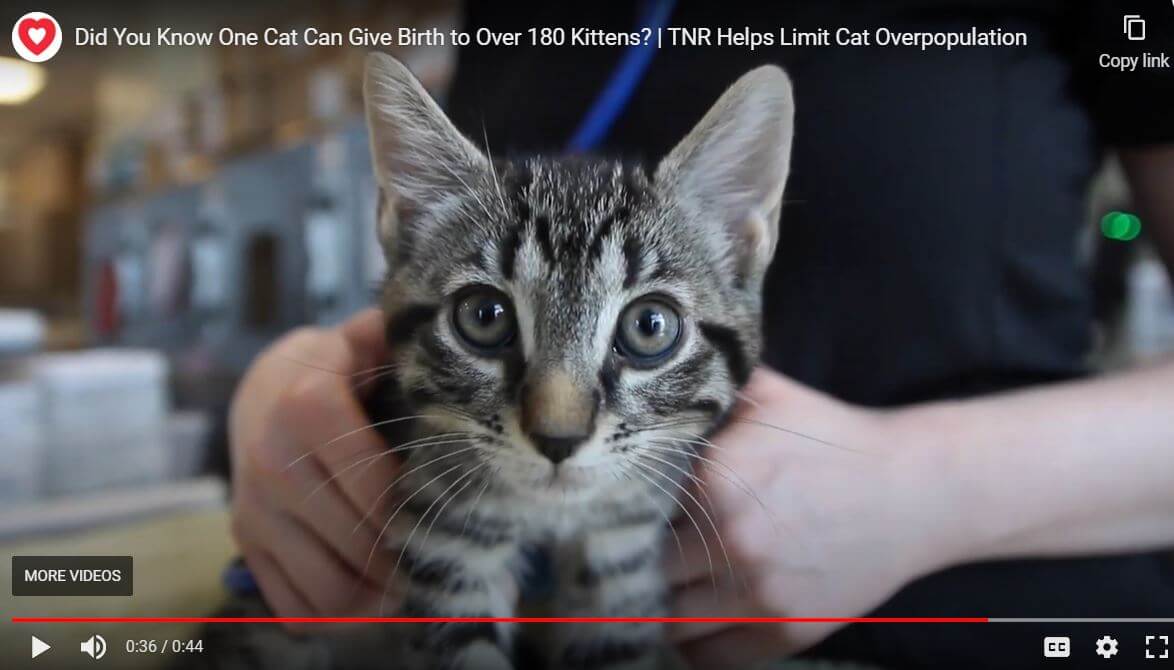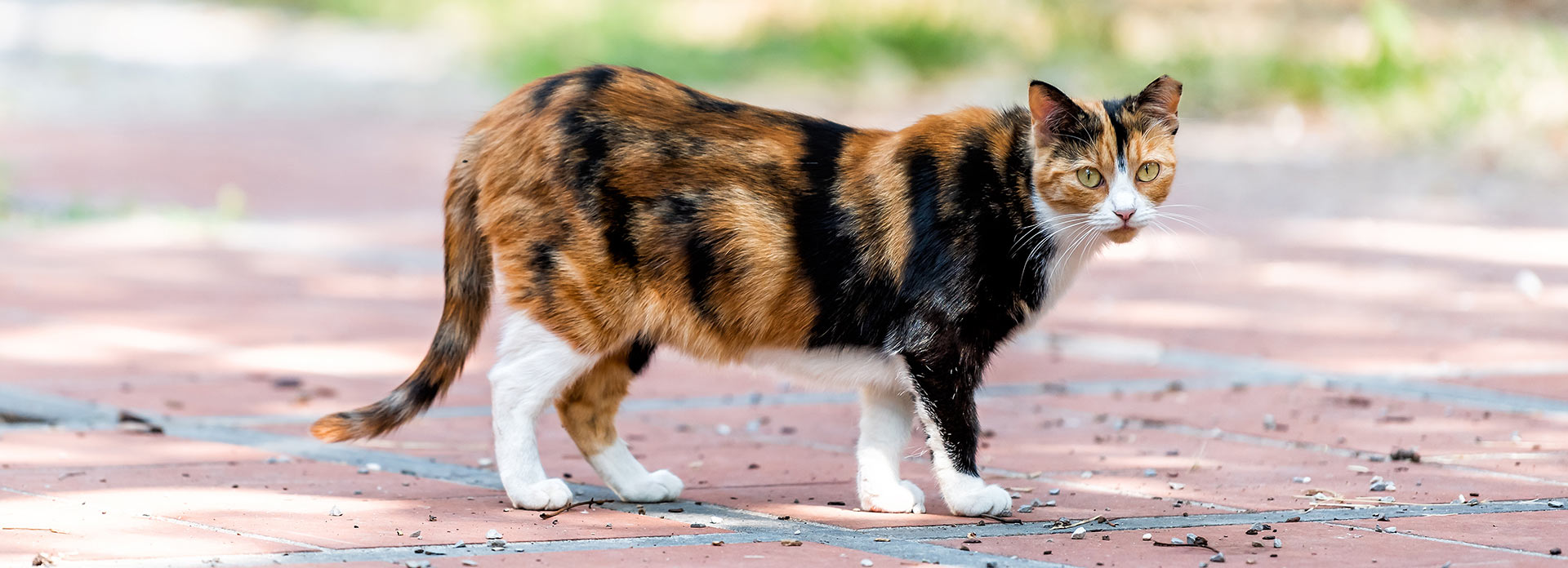Trap-Neuter-Return Program for Feral and Community Cats
What are feral or outdoor community cats?
A feral cat is a domestic cat that has developed a natural fear of humans. Most feral cats are the result of abandonment and failure to spay/neuter. These cats are acclimated to their outdoor lifestyle and would not adjust well to an indoor home. Along with other unowned, free-roaming cats, these are collectively known as community cats. Not all cats want to be indoor cats or can tolerate a change in environment so letting these cats live outdoors is often what’s most humane for them. Cats who live outdoors are often safe, healthy, and happy when they have access to food, water and shelter. If they seem friendly with people, it’s most likely because someone is looking after them already!
What is TNR?
TNR stands for trap-neuter-return. TNR is a program in which feral, outdoor cats are humanely trapped, spayed or neutered, vaccinated, ear-tipped, tattooed, and returned to the location where they were found. Then, community cat caregivers help provide these feral colonies with food, water, and shelter. TNR, provides a humane way to sustain and control the population of community cats which:
- Ends the breeding cycle and stabilizes populations of community cats
- Reduces and eventually eliminates cat colonies over time
- Eliminates or minimizes nuisance behaviors, such as roaming, spraying/marking by males, fighting, and yowling
- Helps stop the spread of infectious diseases
- Spayed/neutered cats are less stressed and healthier, and coexist more peacefully with humans and one another
Do I have to return the cats to the same location?
Removing cats from an area by killing or relocating them is not only cruel, it’s pointless. Each time cats are removed, the population rebounds through a natural phenomenon known as the “vacuum effect,” drawing the community into a costly, endless cycle of trapping. Returning the cats to their original location is not only most humane thing to do for the cats, but it also prevents other animals from moving in. If a resource-rich location has some or all its cats removed, other cats or other creatures will move in to take advantage of those resources. As a result, the location will continue to be populated by cats and the new cats will breed at higher rates to fill the habitat to its maximum carrying capacity. Following the TNR process means the same cats will remain in a location, will no longer reproduce, and will protect against an influx of new, unaltered cats. With continued TNR, over time this colony of community cats will diminish in number.

Are you a community cat caregiver or wanting to TNR cats in your community?
We require community cat caregivers and other individuals to work with one of our TNR partners. We then provide TNR surgeries to these partners and the cats in their program. Please view our TNR resource list to connect with one of our partners.
When a cat is part of our TNR Program, they will be altered, receive a 1-year Rabies vaccine and the core feline vaccines (herpes, calicivirus, and panleukopenia), receive pain medication, and be tattooed and ear tipped. A tipped ear in a cat is a universal sign that it has been sterilized previously.
Interested in learning more?
Trapping cats, caring them while they await surgery, and properly returning them requires the right knowledge to ensure both you and the cats stay happy and healthy. You can follow our starter guidelines below when learning how to become a TNR caregiver in your community whether you’re using one of our partners for surgery or working with another animal welfare organization in your area.
Looking for a spay or neuter surgery for your own cat?
If you are looking for spay or neuter services for your own cat, please schedule an appointment at this link.
